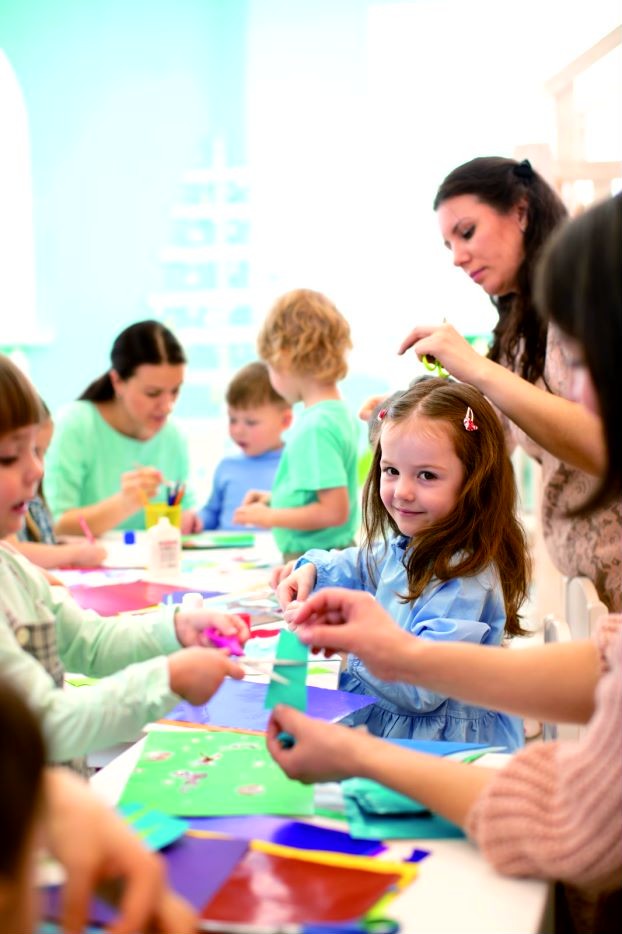
Choosing the right school for your child is a significant decision, but what if it’s not the right fit? There comes a time when you may realize that the school you’ve selected might not be meeting your child’s needs. This realization can stem from various reasons, ranging from the curriculum, the teaching style, to the overall academic environment of the school. As a parent, watching your child struggle is very difficult.
One of the first signs that your child’s current school isn’t the best match is when you observe a mismatch between your child’s needs and the school’s environment. This mismatch can manifest in several ways, such as the ambiance of the classrooms—whether they’re too quiet, too noisy, too rigid, or too informal. Each child thrives in different environments, so it’s essential to assess whether the school’s atmosphere aligns with your child’s preferences and learning style.
Just like adults, children are profoundly affected by their environment, including their school environment. Factors like a lengthy commute or a lack of synergy in the classroom and with peers can significantly impact your child’s well-being and academic performance. As a parent, it’s essential to pay attention to how your child is coping and thriving in their school environment.
1. Exhaustion: Keep an eye out for signs of exhaustion in your child, such as irregular sleep patterns or disrupted eating habits. Over-exhaustion can lead to increased tantrums and difficulty focusing on tasks like homework or reading, hindering your child’s overall academic performance and well-being.

2. Under-challenged/Unmotivated: If your child shows a lack of motivation or enthusiasm for school, it could be a sign that they’re not being intellectually stimulated or challenged enough. Children thrive when they’re engaged in their learning and feel a sense of accomplishment, so it’s essential to assess whether the school’s curriculum and teaching methods are meeting your child’s needs.
Children can also feel unmotivated when teachers show favouritism to a select few students, or not having clear objectives when it comes to volunteer selection for class events.
A good teacher recognises when and how to encourage a child, which enriches the learning environment.
3. Misaligned academic goals: Despite the school’s efforts to implement their teaching methods, your child may not be making the academic progress you’d expect. This discrepancy could indicate that the school’s academic methodology and benchmarking don’t align with your child’s learning style and expectations.
4. Unhealthy Peer Group Mix: Peer influences play a significant role in shaping a child’s behaviour and attitudes. If you notice your child exhibiting negative behaviour’s that are out of character, it could be a result of unhealthy peer interactions or bullying within the school environment.

5. Imbalanced Student-Teacher Ratio/Chaotic Environment: An overcrowded classroom or an imbalanced student-teacher ratio can compromise your child’s learning experience and overall well-being. Especially if the classroom size is too large with children of varying capabilities not grouped by similar skills or providing booster classes to further their learning. Or, not having a backup plan in place when a teacher falls ill, resulting in the merging of small classes under a single teacher. It’s crucial for teachers to provide adequate supervision and support to ensure that every child receives the attention and assistance they need to succeed.
6. Lack of Changes by the School: If your concerns regarding your child’s school environment are not addressed or resolved by the school administration, it may be time to consider alternative options. Your child’s education is too important to compromise, and it’s essential to advocate for their well-being and academic success.
Early and primary years have a huge influence on a child’s education foundation skills. This is the time for building confidence, critical thinking, and analysis. Choosing the right school for your child is a pivotal decision that can significantly impact their academic success and overall well-being. If you observe any of the signs mentioned above indicating that your child’s current school isn’t the right fit, it’s essential to create an open dialogue with the school administration to learn further about the situation and possible solutions. Do not be afraid to look at other schools for a comparison, maybe you will find a school that is naturally in better alignment with your child’s needs and learning style. By prioritizing your child’s comfort, growth, and academic progress, you can ensure that they thrive in their educational journey.